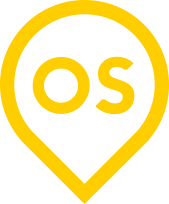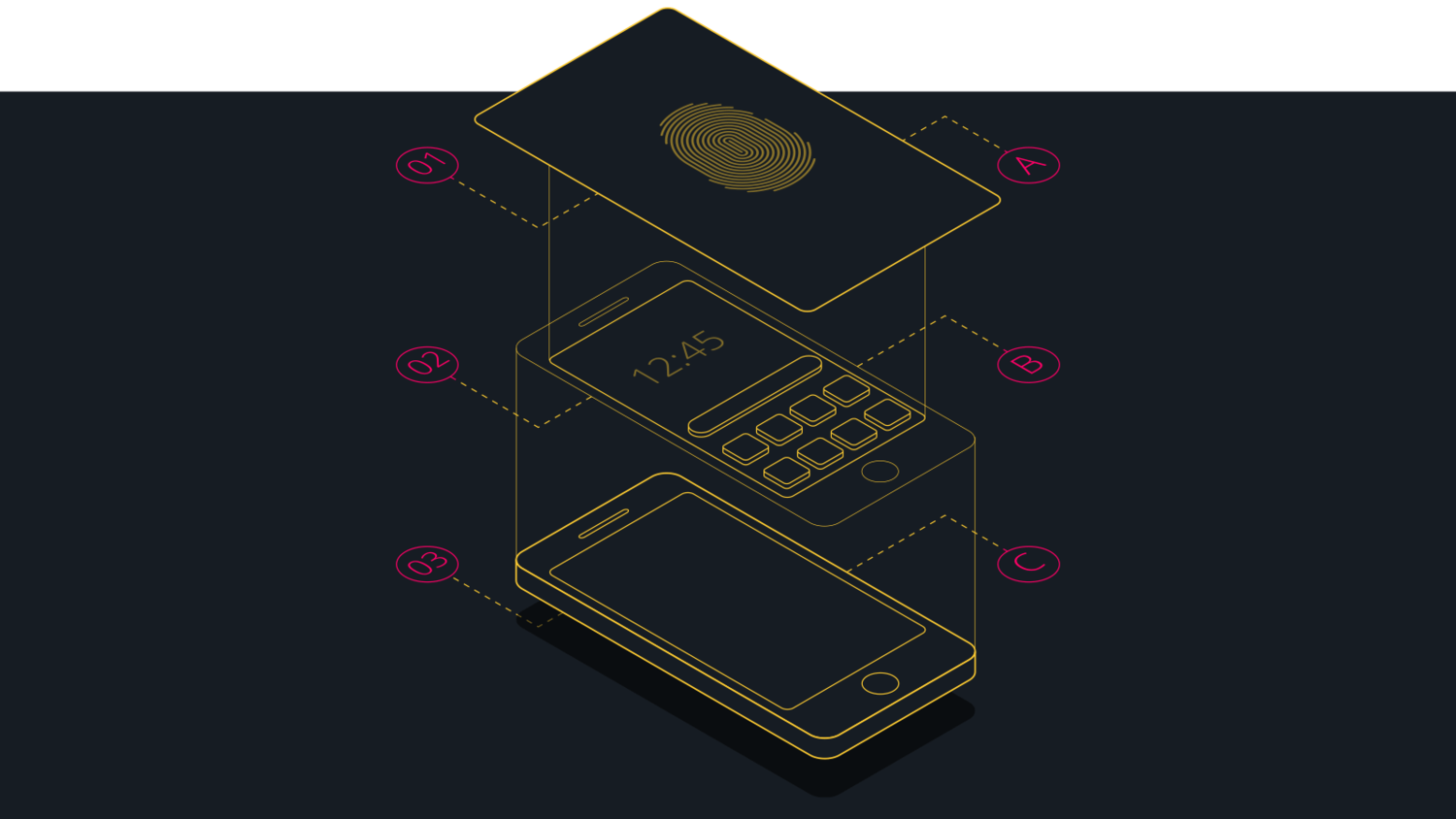UX Design Principles for IoT Applications
Seamless integration, security and experience design are non-negotiable success factors for any connected device or app.
Thirty years ago, your parents never imagined that someday they would be able to carry a device in their pocket that would play music from their car stereo, order groceries on autopilot or handle check-in for their 10am flight. The Internet of Things (IoT) is transforming the way people all over the planet perform daily tasks and interact with their world — and there’s no sign of connected device development slowing down.
In fact, Gartner Research predicts that the typical family home will contain as many as 500 networked devices by 2020, while Ericsson forecasts 50 billion connected “things” by the same date.
Experience design in the world of IoT is a whole new, interconnected, ball game for many user experience (UX) designers. And any UX designer who is used to working with traditional apps and websites will have some new challenges to tackle when designing applications for IoT.
For starters, we are seeing a dramatic shift from standalone products to interwoven, three-dimensional technologies. This means IoT application designers need to step back and consider the larger role that UX plays in such a complex ecosystem.
Let’s explore some of the core principles UX designers should adopt when developing applications for the internet of things.
More cross-team coordination
Design consistency across a product platform is crucial for IoT applications. IoT apps can’t exist in a vacuum, and every feature needs to connect seamlessly — in both code and design — with the larger IoT ecosystem. For example, a smart home app may interface with a wall control unit, a smart speaker and a troubleshooting portal on the product company’s website; while an IoT app in the industrial sector connects delivery vehicles to a foreman’s tablet or a technician’s smartphone.
In short, IoT apps and their associated interfaces should work together to create a cohesive, branded experience across points of user interaction. Even after an app’s initial launch, UX designers and developers should work closely to avoid inconsistencies that crop up as new features or updates are rolled out.
Keep it simple and familiar
With so many things vying for their attention, today’s users demand simple and intuitive solutions to their problems. This means new apps or features must be easy for them to learn and use on a daily basis. Any sort of friction in the UX is a reason for the user to quit using an app or a product, often resulting in the death of an IoT ecosystem. Keeping a somewhat familiar interface can give users more confidence in their interactions with your app, driving better adoption and product reviews.
Build, test, learn, repeat
Build an experience that you believe customers want, then watch how they use and interact with your app, and work to sustain a positive experience based on your observations. One perk of IoT applications is the sheer amount of data they provide about a user’s habits and preferences. As your app generates this data, put it to use as you work to improve the overall product experience.
While iterative design is normally part of a UX designer’s repertoire, it becomes even more critical when considering an IoT app or product. Following the ‘build, test, learn and repeat’ process helps designers obtain feedback from the user as they work to meet both the needs of the company and the end-user. The bottom line is that understanding how the app is used when in the hands of a real consumer reveals how the app serves the experience of interacting with a connected device (or connected device ecosystem).
Security at the forefront
Some may not consider security a UX design decision. But to illustrate why it should be, just ask someone who has had their cardiac device, their baby monitor, or even their vehicle hacked. UX designers for IoT apps need to design with security in mind from the beginning. And while UX designers are not likely to be technical authorities on the latest IoT security measures, they should be considering the basics and continuing to advocate for the user by designing with security in mind. The best IoT apps will be designed to be safe, secure, AND user friendly (and most often in that order).
Focus on the individual user
The best user experiences are born from a process that focuses on the individual — creating an environment that simplifies and enriches the lives of each person who interacts with the product. In general, IoT apps should work to maintain the basic principles of UX design: simplicity, efficiency, connectivity, and ease of use. And as with any app, designers need to make sure that the user experience is improving lives; not making things more difficult or frustrating.
In summary ...
IoT’s unique focus on cross-product integration makes safety, continuity and user-focused design critical factors in any product’s success. This means that better cross-team communication between UX designers and developers is paramount.
In the world of IoT, there is no set of universal rules that UX designers are sworn to live by. Rather, it’s a continual process of trial and error.
The next wave of connected tech will be led by companies looking to improve the way they develop IoT products. That evolution will be rooted in a unique partnership between those who understand and advocate for the user and those who understand how to write the code.

